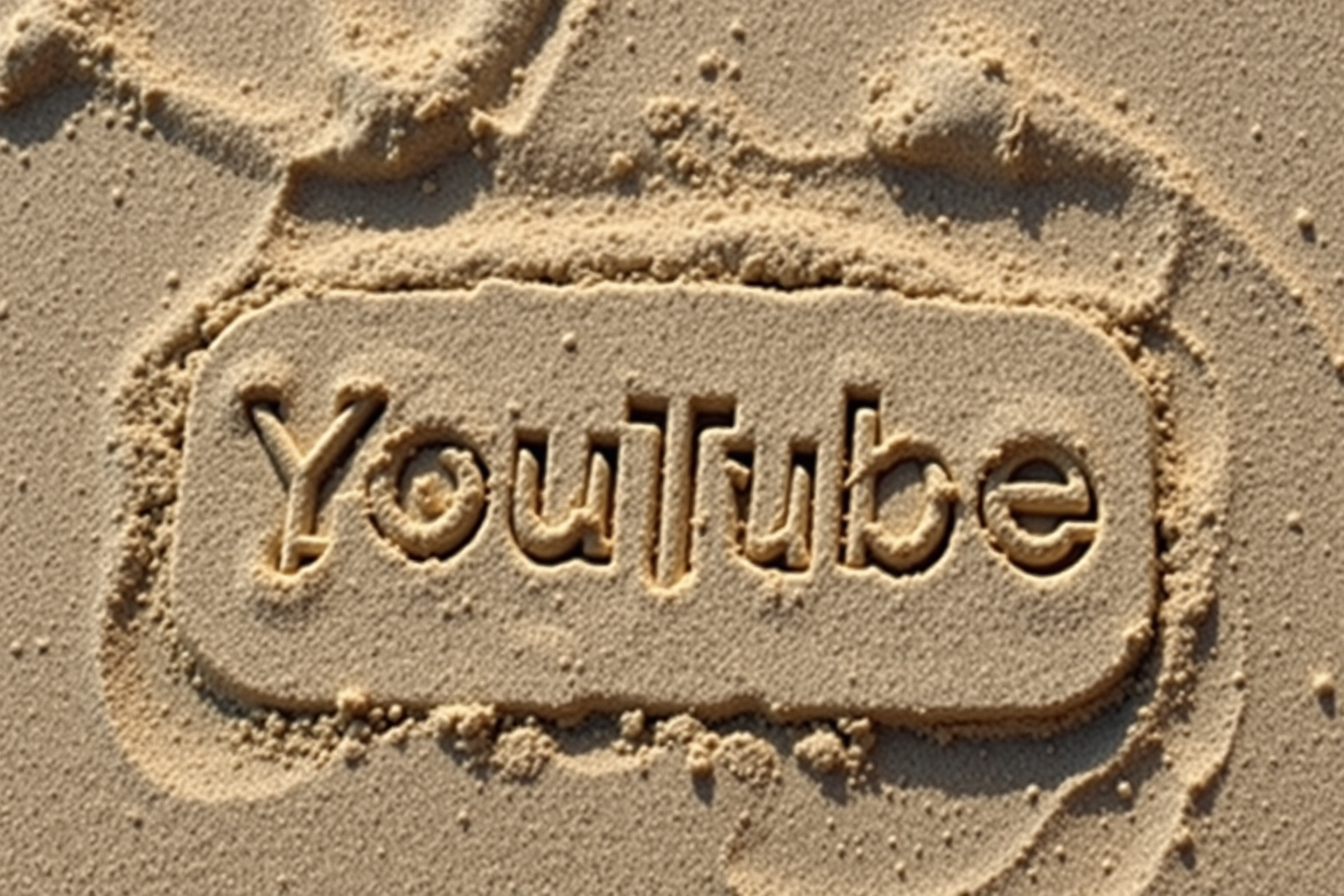
- Published on
YouTube Copyright Guide: Avoiding Strikes and Protecting Your Content in 2024
- Authors
- Name
- Mario Diez
- @mariio_diez
In the dynamic world of YouTube content creation, understanding copyright is crucial. This comprehensive guide will help you navigate the complex landscape of YouTube copyright, avoid strikes, and protect your own content.
Understanding YouTube Copyright Basics
Copyright on YouTube is about respecting intellectual property rights. It applies to various forms of content, including:
- Music and sound recordings
- Visual elements (images, videos, artwork)
- Written content (scripts, lyrics)
- Video games and software
How to Avoid Copyright on YouTube
Use Original Content: The safest way to avoid copyright issues is to create 100% original content.
Obtain Proper Licenses: If you want to use copyrighted material, obtain the necessary licenses or permissions.
Utilize YouTube's Audio Library: YouTube offers a library of copyright-free music and sound effects for creators.
Understand Fair Use: Fair use allows limited use of copyrighted material without permission, but it's complex and situational.
Credit the Source: While not a guarantee against copyright claims, crediting can sometimes help in disputes.
Be Cautious with Cover Songs: Even if you perform a song yourself, you may need licenses for the composition.
YouTube Content ID: What You Need to Know
Content ID is YouTube's automated system for identifying and managing copyrighted content:
- It scans videos against a database of files submitted by content owners.
- If a match is found, the content owner can choose to block, monetize, or track the video.
- Content ID claims are not the same as copyright strikes.
Dealing with Content ID Claims
- Review the Claim: Understand what content is being claimed and by whom.
- Consider Your Options:
- Accept the claim if it's valid.
- Dispute if you have the rights or believe it falls under fair use.
- Remove the claimed content and re-upload.
- Be Cautious: Multiple disputed claims can lead to penalties.
Understanding YouTube Copyright Strikes
Copyright strikes are more serious than Content ID claims:
- You get a strike when a copyright owner submits a legal request to remove your video.
- Three strikes in 90 days can result in channel termination.
How to Avoid YouTube Copyright Strikes
- Don't Use Copyrighted Material Without Permission: This is the most straightforward way to avoid strikes.
- Understand and Respect Takedown Notices: If you receive a takedown notice, take it seriously.
- Be Careful with Live Streams: Live content is also subject to copyright rules.
- Educate Yourself on Fair Use: But remember, fair use is a complex legal concept and not a guarantee.
YouTube Fair Use: A Gray Area
Fair use allows limited use of copyrighted material without permission for purposes such as commentary, criticism, parody, news reporting, teaching, scholarship, or research. However:
- Fair use is not a clear-cut rule but a legal defense evaluated on a case-by-case basis.
- YouTube cannot determine fair use; only courts can make that decision.
Factors Considered in Fair Use:
- Purpose and character of the use (commercial vs. non-profit educational)
- Nature of the copyrighted work
- Amount and substantiality of the portion used
- Effect on the potential market for the original work
YouTube Music Copyright: Extra Caution Required
Music copyright is particularly complex due to multiple rights involved:
- Composition copyright (lyrics, melody)
- Sound recording copyright (specific recording)
Tips for using music:
- Use YouTube's Audio Library or other copyright-free music sources.
- Obtain proper licenses for commercial music.
- Be extremely cautious with cover songs, ensuring you have the right licenses.
Protecting Your Own Content on YouTube
As a content creator, you should also know how to protect your work:
- Use YouTube's Copyright Match Tool: Available to eligible creators to find re-uploads of their content.
- Submit Copyright Takedown Notices: If you find your content used without permission.
- Consider Joining the Content ID Program: If you own a large body of original material.
- Include Clear Ownership Information: In your video descriptions and on your channel.
YouTube Copyright Free Music: Safe Options for Creators
- YouTube Audio Library: A vast collection of free music and sound effects.
- Creative Commons Music: Ensure you follow the specific license requirements.
- Royalty-Free Music Services: Many offer affordable licenses for YouTube use.
- Public Domain Music: Works where copyright has expired are free to use.
Frequently Asked Questions
Q: Can I use any music if I give credit? A: No, giving credit doesn't automatically make it legal to use copyrighted music.
Q: What's the difference between a copyright claim and a strike? A: A claim is usually automated through Content ID and doesn't penalize your channel. A strike is a manual action that can lead to channel termination.
Q: Can I dispute all claims on my videos? A: You should only dispute claims if you genuinely believe you have the right to use the content or if it falls under fair use.
Q: How long do copyright strikes last? A: Copyright strikes expire after 90 days, but the video remains removed.
Q: Can I use copyrighted music if I don't monetize the video? A: No, copyright applies regardless of monetization status.
Navigating YouTube's copyright landscape can be challenging, but it's essential for any serious content creator. By understanding the rules, respecting others' intellectual property, and protecting your own work, you can build a successful and sustainable YouTube presence.
Remember, when in doubt, it's always better to err on the side of caution. Keep creating, stay informed about copyright laws, and focus on producing original, valuable content for your audience. With the right approach, you can thrive on YouTube while respecting copyright laws and protecting your own creative work.